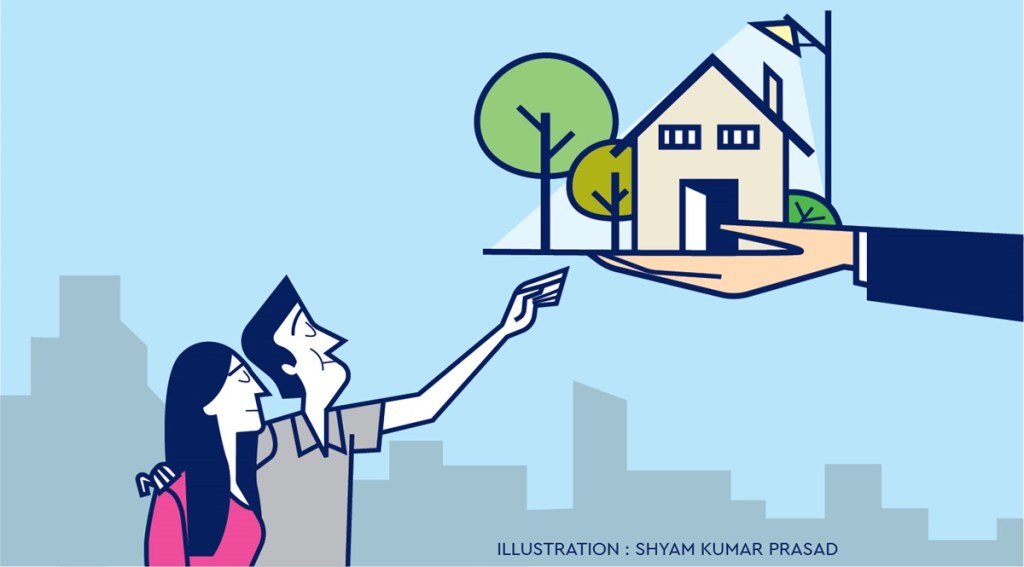While the Pradhan Mantri Awas Yojana (PMAY) scheme will help boost demand for affordable housing, the unavailability of homes for the urban poor will remain a challenge, feel banking experts. The sale of affordable homes in metros and tier-I cities have witnessed a slowdown in recent years as builders have shifted focus to the luxury and prime segments.
“While PMAY will benefit buyers, the challenges on the supply side will remain. We need to monitor the extent of supply in tier 1 and metros as it is a low-margin business for builders,” Monu Ratra, CEO, IIFL Home Finance, said. “While we do not have the full details yet, the supply side will have to parallelly grow so that the urban poor can afford these homes,” he added.
Earlier in June, Prime Minister Narendra Modi approved government assistance for the construction of an additional 30 million rural and urban houses under PMAY during his maiden Cabinet meeting. While the specific distribution of these houses has not been revealed, finance minister Nirmala Sitharaman had highlighted in the interim Budget in February that 20 million of these houses would be built in rural areas over the next five years.
“It (PMAY) will trigger a lot of self-construction industry, especially in the hinterland, and you will see a very significant impact on the GDP. My sense is it will add at least another half a trillion to the GDP,” Manish Jaiswal, MD and CEO, Grihum Housing Finance, said, adding that the company will be able to maintain its loan growth in the coming years.
Similarly, JM Financial Home Loans MD and CEO Manish Sheth contends that the PMAY scheme will lead to a 20-25% rise in the company’s loan growth.
However, experts feel that further measures to facilitate housing for the urban poor is needed. Also, the definition of affordable homes needs to revised upwards, especially in metros and tier-1 cities. In metros, a dwelling is considered affordable if it costs no more than Rs. 45 lakh.
According to recent data from real estate data and analytics platform PropEquity, the fresh supply of homes, priced up to Rs. 60 lakh fell nearly 38% y-o-y in eight major cities to 33,420 units in January-March. Similarly, the sale of affordable homes priced up to Rs. 60 lakh fell to 61,121 units in the March quarter from 63,786 units a year ago, as builders focussed on the premium and luxury segment, where profit margins are higher. These eight cities are Delhi-NCR, Mumbai Metropolitan Region, Bengaluru, Hyderabad, Chennai, Kolkata, Pune and Ahmedabad.
This shift away from affordable housing in metro cities can be attributed shrinking land banks in established neighbourhoods and rising input prices. The higher construction costs have created a pricing threshold below which, real estate developers cannot profitably price their projects. Simultaneously , many banks are keen to cater to the affordable housing segment in metros and tier-I cities, where the ticket-size can go up to Rs. 50 lakh.
“Many of the affordable segment developers are moving towards more premium segment in terms of construction. If the government ends up giving to the developers, they might be incentivised to get back into the affordable segment,” Kanika Singh, chief risk officer, India Mortgage Guarantee Cooperation, said.
According to Crisil Market Intelligence and Analytics research director Aniket Dani, timely project approvals, availability of land at cheaper rates and execution efficiency of developers can propel the supply of affordable housing.


